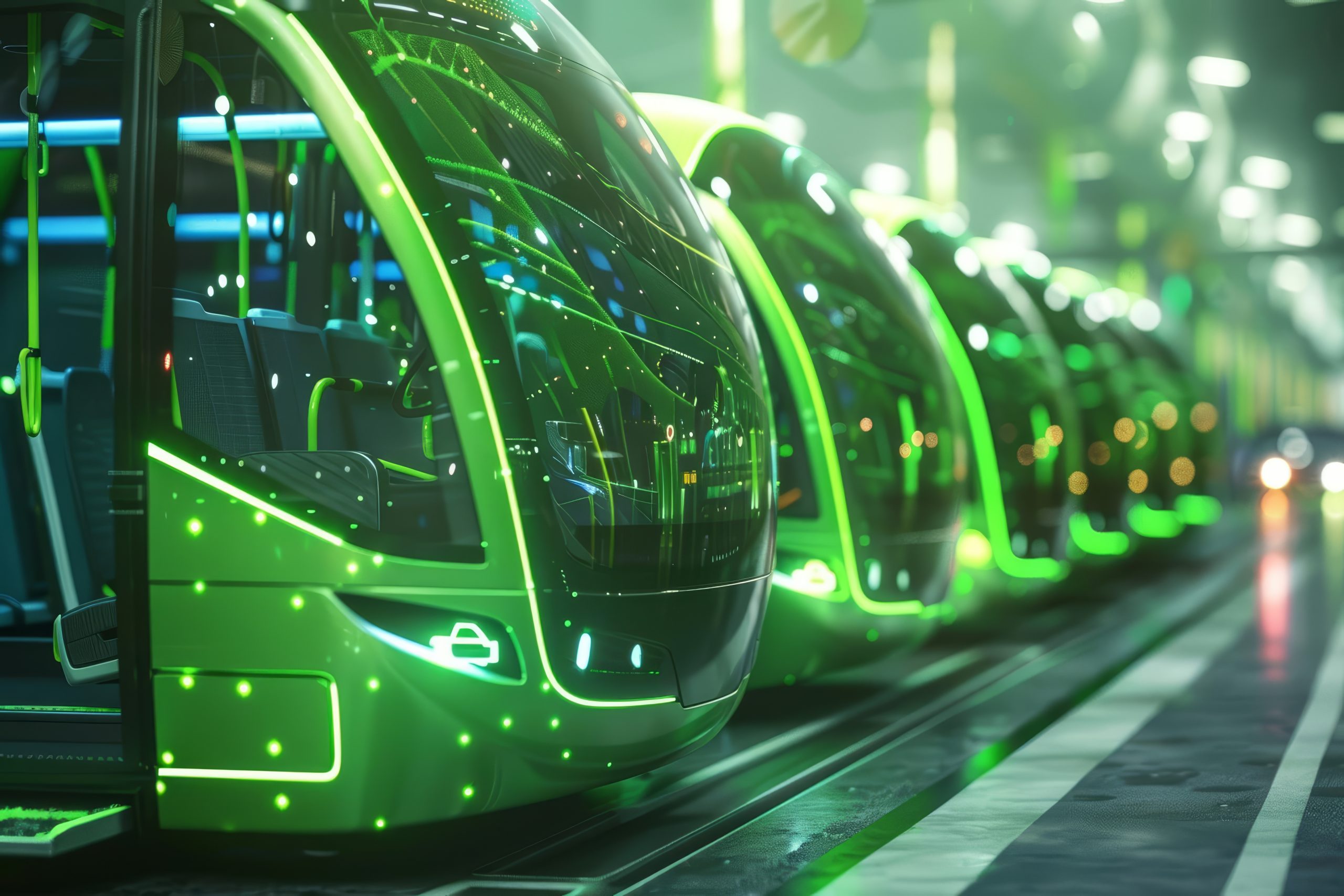Two Enablers For Green Hydrogen In Africa Come from Jülich

Forschungszentrum Jülich inaugurated a state-of-the-art test facility for electrolyser for the production of green hydrogen. The test facility is unique in that it will be used to explore real industrial stacks that are continuously monitored using advanced sensor technology.
The facility is part of the DERIEL project coordinated by Siemens Energy, which in turn is part of the German Federal Ministry of Education and Research’s (BMBF) H2Giga flagship project. It will play an important role in making electrolysers “made in Germany” even more efficient and durable. Till Mansmann, Member of the German Bundestag and Innovation Commissioner for Green Hydrogen at BMBF, attended the inauguration.
Advancing the DERIEL project
During his visit, he was also presented with the final report of the H2ATLAS AFRICA project. This hydrogen atlas analyses the potential for the production of green hydrogen in West, East, and Southern Africa, and documents the results in an interactive map. The H2ATLAS AFRICA project was also funded by BMBF as part of the National Hydrogen Strategy.
“With the inauguration of our PEM electrolysis test facility as part of the DERIEL project, and the presentation of the hydrogen atlas, we aim to provide important impetus for the hydrogen economy in Germany,” says Prof. Peter Jansens, member of the Board of Directors responsible for the field of energy at Forschungszentrum Jülich. “Our research along the entire value chain – from materials research to market maturity – not only strengthens Germany’s technological competitiveness, but also drives forward the application of innovative technologies.. With the hydrogen atlas, we also identify potential that will allow the whole world benefit from the energy transition.”
Only hydrogen will allow large parts of industry and transport to be made more environmentally friendly. To meet the demand, the H2Giga flagship project is focusing on the series production of electrolysers. The German Federal Ministry of Education and Research is funding the project with almost € 500 million – around € 100 million of which are earmarked for DERIEL.
Details of the PEM electrolysers
The PEM electrolysers that will be investigated at the new test facility use a polymer membrane, also known as a proton exchange membrane. This type of electrolyser can be operated dynamically with rapid load changes, making it particularly suitable for operation with renewables. The new test facility at Jülich is designed for full-scale electrolysers on an industrial scale and is equipped with state-of-the-art sensor technology. “For the first time, Forschungszentrum Jülich has been provided with a test stand for PEM electrolysis stacks in the megawatt range,” says DERIEL consortium leader Dr Günter Schmid from Siemens Energy.
Science and industry plan to use the test facility to examine and optimise numerous parameters that are crucial for the costs and lifespan of electrolysers. “Germany aims to become a leading supplier of hydrogen technologies,” explained Till Mansmann, Innovation Commissioner for Green Hydrogen at BMBF, at the inauguration. “To achieve this, electrolysers ‘made in Germany’ must be more efficient and durable than the competition. This is exactly what we are making possible at Forschungszentrum Jülich.”
The DERIEL project aims to gain a better understanding of the aging process in electrolysis cells using dozens of sensors at all levels as well as cameras and complex measurement technology. The findings from the H2Giga flagship project will then be incorporated into future generations of electrolysers.
Edge in knowledge through extensive analytics
“By researching and developing water electrolysis on a megawatt scale, we are setting new global standards in how science and industry work together,” says Prof. Rüdiger Eichel from Forschungszentrum Jülich. “The joint research helps both sides: companies like Siemens Energy can use their scientific edge to develop innovative products. At the same time, science is learning a lot about the fundamental processes – and in a real system, not just in models.”
In addition to the elaborate sensor technology on electrolysers in operation, DERIEL also examines material samples from actual operation using computer tomography, electron microscopy, nuclear magnetic resonance spectroscopy, and Raman spectroscopy. Digital twins also simulate the entire process – from the electrochemical reaction inside, through flows and temperatures, to the entire system.
Hydrogen atlas shows enormous potential for green hydrogen in Africa
The result of the H2ATLAS AFRICA project is an atlas that shows the regions of Africa and their potential for green hydrogen: www.h2atlas.de. The atlas serves as a tool for stakeholders, scientists, and decision-makers to determine which locations could be relevant for the development of corresponding infrastructures. The final project report shows that Africa has enormous potential to cover its own energy needs using renewable resources and to establish itself as a leading exporter of green hydrogen.
The aim of the H2ATLAS AFRICA project, which is part of BMBF’s “Go Green Go Africa” initiative, is to support the sustainable and economic development of the African continent through a hydrogen economy. This will allow Africa to consolidate its position as a key exporter of green hydrogen on the international energy markets. Local energy requirements will be prioritised and a sustainable water supply will be taken into account in green hydrogen projects from the outset. To this end, Forschungszentrum Jülich is working with partners in West, Southern, and East Africa to ensure that all relevant stakeholders are involved and that all local data is incorporated into the research.
The greatest potential for green hydrogen per surface area exists in the Sahara and in the Nama-Karoo ecoregion in Southern Africa. However, regions with less land potential also have very significant qualifications to produce green energy and green hydrogen.

